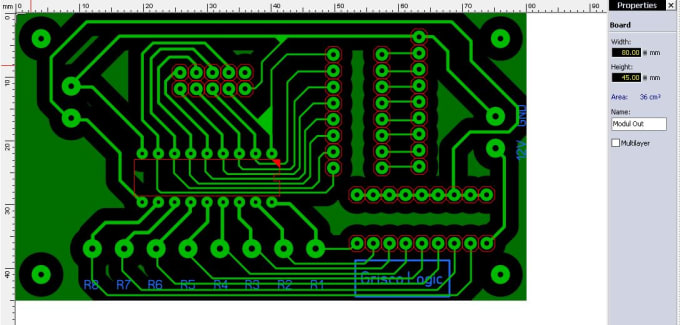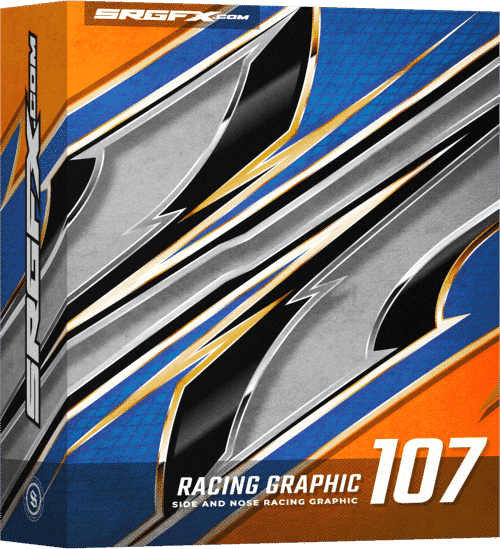
Hosted by everyone’s favorite robo-personality, Mr. Give it a value such as 0 to disable it, a number between to lower the limit, or 16384 to raise the limit and get even better quality.The most popular game show in the universe is always scouting for stars. Under the Preferences section of this plist, add a new row HLRItemBufferMaxSize of type Number.

To do so, click File > Export and then save the backup file somewhere convenient. It's best practice to make a backup copy of the registry before making changes.

In the Start menu Search programs and files box, type in regedit.exe, and then run it by hitting the Enter key. Vector rendering will take as long as it does in LayOut 2013. Turn off hardware accelerated vector rendering entirely by setting HLRItemBufferMaxSize to 0.Note that this lower resolution may occasionally produce small missing faces. Try setting it to 4096, 2048, or 1024 and see if the problem goes away. Reduce the size of the raster texture so that hardware accelerated vector rendering doesn’t require as much video memory.Render missing faces: The larger the texture size, the less likely you are to see missing faces.There is a hidden preference called HLRItemBufferMaxSize to control the size of the raster texture that the vector renderer uses for hardware acceleration. You should defer to an IT or computer administrator if you're not comfortable with the steps below:

However, we only recommend these steps to users who are comfortable manipulating system files and settings. There is a way to completely work around this feature.

It will use as much memory as the graphics card can support up to a certain limit. This improvement requires extra video memory, however. An improvement was made to LayOut 2014 that uses the video graphics card to help process SketchUp models that render in Vector mode.


 0 kommentar(er)
0 kommentar(er)
